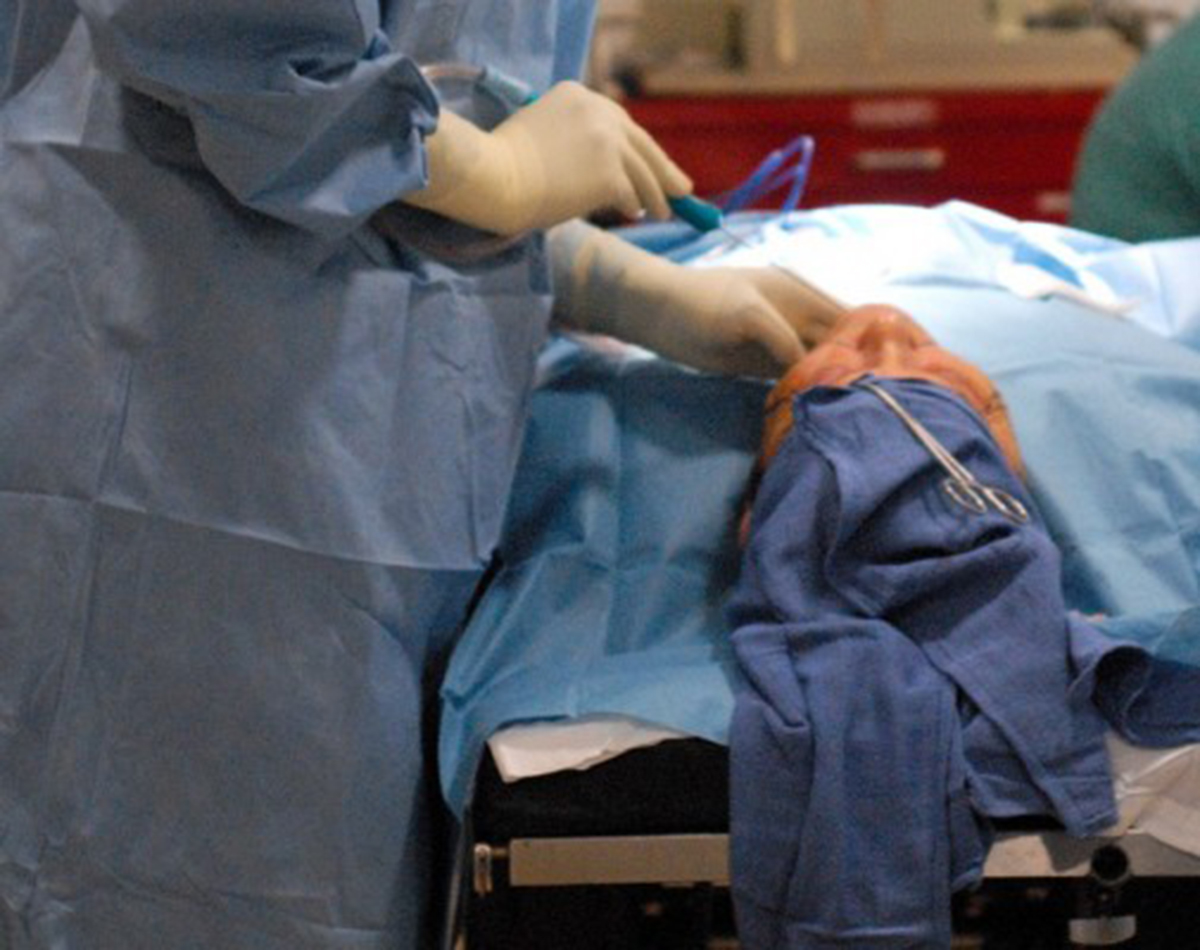 The Rhyridectomy Procedure
The Rhyridectomy Procedure
The areas that are commonly helped by the operation are the folds from the sides of the nose to the corners of the mouth, the so-called “marionette lines,” the jowls and hanging neck skin.
Preferably, the operation is performed with intravenous sedation and local anesthesia, although some doctors will use general anesthesia. The incision begins within the hair bearing part of the scalp in the temple area, which is then carried down directly in front of the ear, to up behind the ear and finally back into the scalp behind the ear.
The skin is then separated from the underlying muscle and next, the loose redundant skin is pulled back and trimmed off. The incision is then sutured and the patient can be readied for the recovery room.
Sometimes the incision is not made in from the ear, but rather brought inside the area of the ear called the tragus. But this can blunt that piece of cartilage providing a dead giveaway that a facelift has been done.
On occasion, the incision can be carried across the hairline above the forehead. However, I advise against this as when the eyebrows are pulled up, it can create a surprised look. The brow can also be lifted using an endoscope to place wires to the brow, which are then attached to screws in the skull. I do not advise this method either.
Some doctors put sutures in a strong structure of the face referred to as the SMAS, but pulling on this can also produce an unattractive result which can also be an easy sign to tell that a facelift has been done.
The Risks of a Facelift
A rhytidectomy is a procedure which can present opportunities for other side effects.
The general risks of a facelift are rare, but include:
- Visible scarring
- Infection
Other risks that may arise due to an inexperienced or incompetent surgeon include:
- Nerve damage
- Facial distortion
- Skin loss with extensive scarring
Recovery After a Rhytidectomy
Most patients will be wrapped up in a light pressure bandage after the facelift procedure in order to reduce the effects of swelling. Many patients are able to return to their everyday activities within a few days, but swelling and bruising may be noticeable for two to three weeks. A patient who takes good care of their skin and stays out of the sun will be able to enjoy their rhytidectomy results for a longer period of time. Patients will be able to enjoy vigorous activities within a few weeks, as recommended by their surgeon.
The costs of a rhytidectomy vary according to the surgeon’s experience. Most estimates for this procedure are between $8,000 and $15,000, which includes a number of fees:
- Consultation
- Operating room fees
- Surgical fees
- Medications
- Anesthesia
- Follow up care
- Photo courtesy of bestinplastics on Flickr: www.flickr.com/photos/bestinplastics/4558607299/

